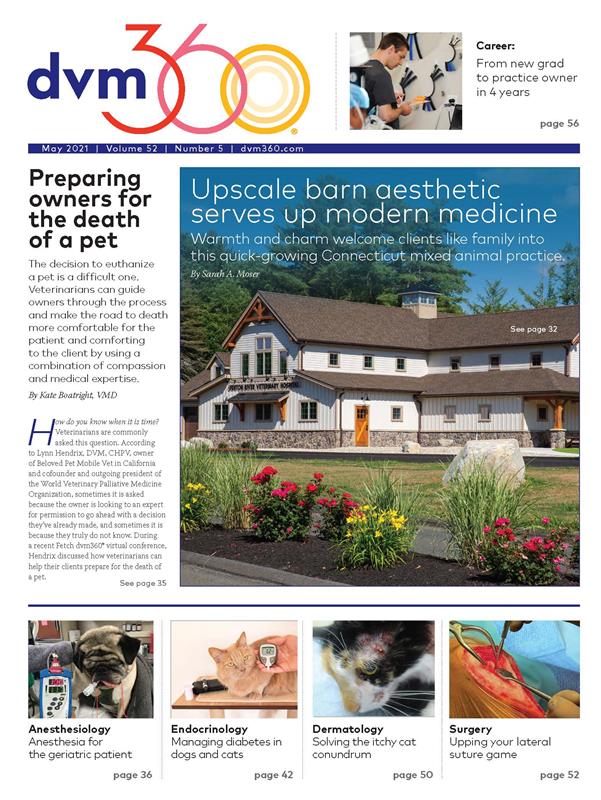AAVMC study reveals direct and indirect bias in admissions processes
Results from a recent study found that veterinary school applicants who identified as White or Asian were more likely to receive 1 offer of admission to veterinary school. Those who identified as Hispanic had a significantly lower chance of receiving an admission offer.
A recent study from the Association of American Veterinary Medical Colleges (AAVMC) found that unintended bias exists in veterinary school admissions processes despite efforts to create a more inclusive student body. The study also revealed that admission offers were much lower among candidates from underrepresented racial or ethnic groups, Pell Grant recipients, first-generation college students, candidates from rural communities, and those who aspired to practice in rural communities.
“These findings signal a very real need to reexamine admission processes. Schools and colleges of veterinary medicine should objectively and rigorously review their admissions processes and reevaluate those elements, such as the number of veterinary, animal, or total experience hours, that may be a source of inherent bias against particular groups of applicants,” said study authors James W. Llyod, DVM, PhD, and Lisa M. Greenhill, MPA, EdD, in an AAVMC release.
To determine whether selection bias occurred in 2019 veterinary school admissions decisions, Llyod and Greenhill gathered and analyzed data from the Veterinary Medical College Application Service (VMCAS) 2018-2019 cycle post-application survey and the 2019 post-admissions student survey. The primary dimensions of diversity analyzed for potential admission bias were race/ethnicity and gender.
Secondary candidate characteristics included:
- The number of times candidates applied to a veterinary school and the number of schools (CVMs) they applied to during that cycle.
- Preparation, including both experience hours and education.
- Socioeconomic status indicated by Pell Grant recipient status and estimated level of education debt.
- Culture and heritage related to higher education. (eg, first-generation college student status)
- And community culture based on the size of the community where candidates grew up, and/or desired to practice upon graduation.
A closer look at the results
Results revealed, "numerous significant direct and indirect biases associated with primary (race/ethnicity and gender identity) and secondary (socioeconomic status and culture) dimensions of diversity were clearly identified."
White and Asian candidates were more likely to receive at least one offer of admission. Hispanics on the other hand were less likely to receive an admission offer.
Additionally, those who had access to AP classes in high school had a greater chance of receiving an admission offer as opposed to those who did not and/or attended community college.
Lloyd and Greenhill also observed that candidates who identified as female reported significantly fewer veterinary experience hours compared with their male counterparts.
These results suggest a dire need for broad-based re-examination of admissions processes and continued vigilance, the study authors concluded.
"Ongoing monitoring of our admissions processes—both who we attract and who we admit—will be the ultimate measure of our success."
To learn more about these study results, go here.

